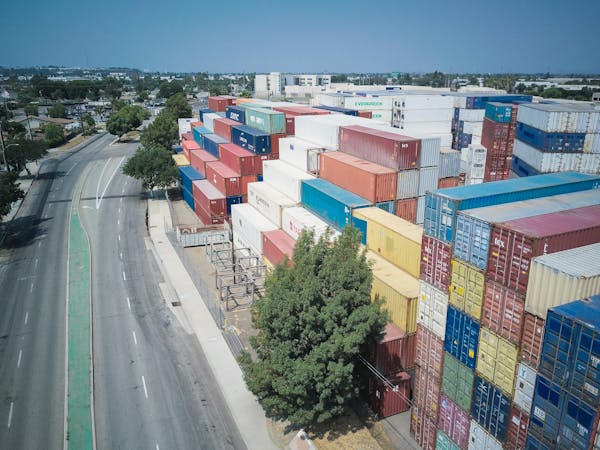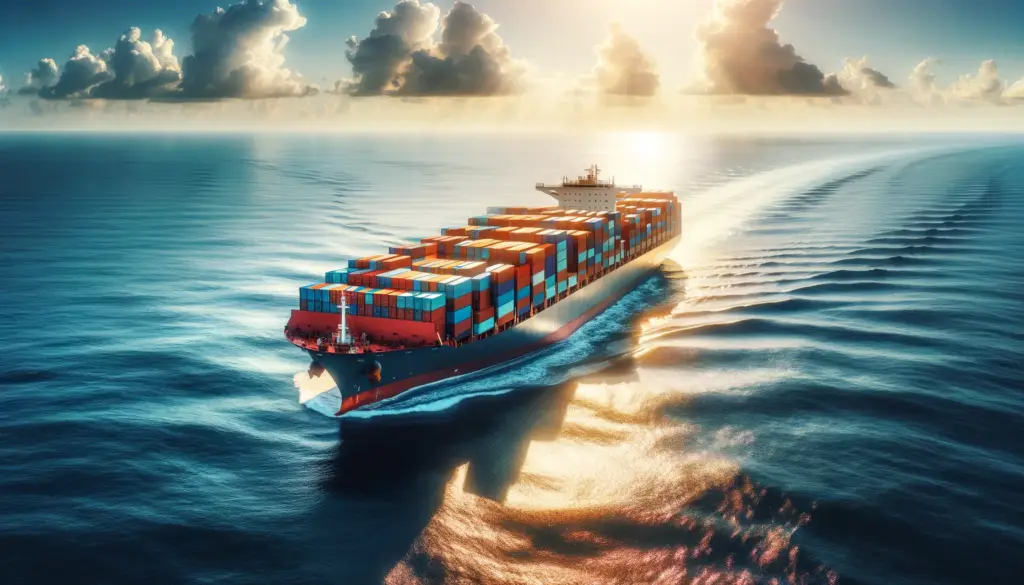Shipping from Guangzhou/Shenzhen to Willemstad Port (Curacao) via Ocean Freight: 20FT/40FT FCL and LCL Options
Ocean Freight: FCL and LCL
Full Container Load (FCL)
A 20FT or 40FT Full Container Load (FCL) is a popular option for those with sufficient cargo to fill an entire container. The FCL shipping method is more economical and efficient for larger shipments. Shipping from Guangzhou or Shenzhen to Willemstad typically takes around 53 days in transit. The shipping terms for FCL are commonly CIF (Cost, Insurance, and Freight), meaning that the seller will pay for the cost of shipping, insurance, and freight up until the cargo reaches the destination port, Willemstad.- 20FT FCL: A 20-foot container is ideal for shipments that require a more compact load. It can typically accommodate around 28 cubic meters of cargo.
- 40FT FCL: A 40-foot container offers double the space of a 20FT container and is ideal for larger volumes of goods. It typically holds up to 56 cubic meters of cargo.
Less than Container Load (LCL)
For smaller shipments, LCL (Less than Container Load) is a great option. This means your cargo shares container space with other shipments, reducing costs for those who don’t need a full container. LCL shipping also typically takes around 53 days for the journey from Guangzhou or Shenzhen to Willemstad, Curacao. Unlike FCL, where you pay for the entire container, LCL pricing is based on the volume or weight of your cargo.- Benefits of LCL: LCL is ideal for smaller shipments that don’t fill an entire container. You only pay for the space you occupy in the container, making it a cost-effective solution for businesses with smaller loads.
- Challenges with LCL: Because the cargo is consolidated with other shipments, the risk of delays can be higher due to the coordination of different cargoes.

Shipping Route and Transit Time
Both FCL and LCL shipments from Guangzhou/Shenzhen to Willemstad, Curacao, generally take 53 days for ocean freight transit. The route includes several major shipping lanes, with potential transshipment stops at other ports before reaching Willemstad. The average transit time includes:
- Port-to-port transit time: The 53 days primarily covers the time spent in transit via ocean freight. This time can vary depending on the shipping line and any transshipment delays.
- Customs clearance: Upon arrival at Willemstad, the cargo will undergo customs clearance, which may take additional time depending on the type of goods being shipped.

Packaging Considerations for Ocean Freight
Proper packaging is critical for ensuring that goods arrive in good condition after a long journey, especially in the humid and salty conditions of ocean transport.
FCL Packaging
- Cargo Handling: For FCL shipments, cargo should be securely packed to avoid shifting within the container. Wooden pallets or crates are commonly used to keep goods in place. Heavy items should be placed at the bottom, while lighter goods can be stacked on top.
- Protection: Goods should be wrapped in protective materials such as bubble wrap or foam for added protection against movement, especially if the goods are fragile. For added protection, shrink wrapping or stretch film can be used to secure items to pallets or prevent moisture exposure.
- Container Packing: Proper loading of the container is key to maximizing space and minimizing the risk of damage during transit. It’s advisable to load the container evenly, balancing the weight distribution, and securing the cargo with straps or ropes.
LCL Packaging
- Individual Packaging: Since LCL shipments are consolidated with other cargo, it’s essential to ensure each item is packed securely. This often involves sturdy cardboard boxes, shrink wrapping, and moisture protection materials such as desiccants.
- Labeling: Clear and detailed labeling is essential, especially when shipping via LCL. Each box should be marked with the destination address, consignee details, and a description of the contents.
- Sealing: Cargo in LCL shipments should be sealed tightly to prevent moisture or contamination. Using shrink wrap or stretch film around boxes and pallets can prevent damage and theft.



